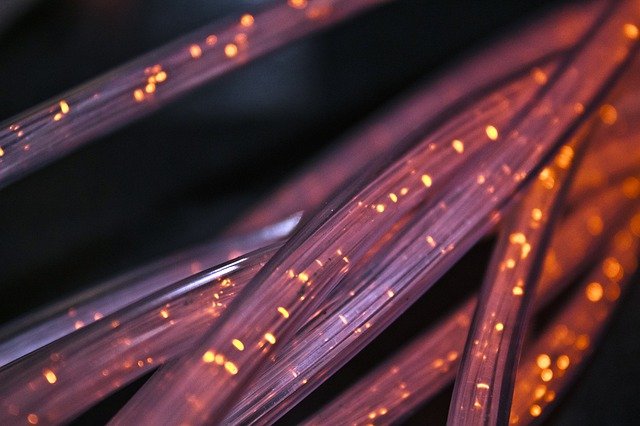There are almost 160 million people in the United States who don’t have access to the same broadband internet connections as other people. Most of those who fall into this category live in rural areas. Keep in mind that standard broadband is typically seen as an upload speed of 3 Mbps and a download of 25 Mbps. On a positive note, over 5 million more people have broadband internet compared to last year thanks to funding from the government and more companies like Spectrum upgrading their systems in order to reach rural areas.
Microsoft Reports
Microsoft tries to do everything possible to reach rural areas in order to bring them internet services. The company puts together a report that details how many people in the country don’t have access to broadband internet, how many people do have access, the number of people who gained access within the past year, and where these people live in the country. There has been some positive news in the past year from Microsoft, but so many people are still without the high-speed internet that they need in order to work from home when needed, take classes online when they can’t go to school, or perform basic functions that other people who have broadband internet take for granted.
The FCC has reported that at least 20 million people don’t have broadband internet, but Microsoft believes that the number is much higher than that at over 150 million. Some of the people included in the numbers provided by Microsoft might not use broadband internet even if there is a connection available because of how expensive the services are in the area where they live. The last report that Microsoft provided stated that over 160 million people didn’t have access to broadband internet. Even with the decrease in numbers, there’s still over 45% of the country without broadband access.
A Careful Balance
There is a delicate balance between the people who don’t have access to broadband internet and those who do have access but can’t afford the price for the service. Almost a quarter of the people who have don’t have broadband internet don’t have access to it while less than half simply can’t pay the bill. About 50% of people questioned about broadband have said that they don’t need the connection because the phones that they have include a hotspot or other features. Microsoft has reported that the number of people is still close to double the number that the FCC has portrayed, which means that more work needs to be done to get people connected.
Effects of No Broadband
Internet service is like power and water to many people. They need the connection to work and perform other basic tasks that some people take for granted. Those who live in rural areas tend to have a higher unemployment rate because they aren’t able to secure jobs that allow them to work from home. Students don’t have some of the same grades that others have because they can’t do the research needed for classes or can’t submit assignments when schools are closed. The quality of a broadband connection matters just as much as the availability and the price. Microsoft is looking into partnering with Nextlink as a way to try to bridge the gap even more so that rural areas have the access that they need at a fair price.

0 Comments